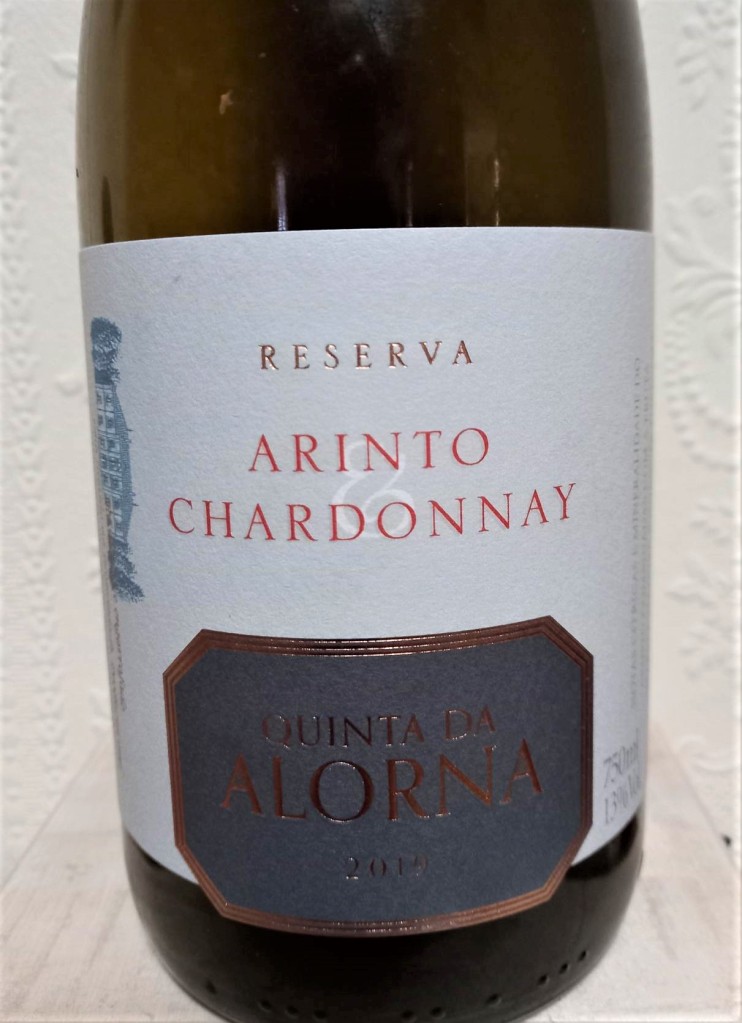Everyone who drinks wine has surely heard of the grape variety Chardonnay, but what about Arinto? A bottle we opened recently (Quinta da Alorna’s Reserva, DBM Wines, £13.49) was a blend of the 2 varieties – a combination I don’t recall seeing before. Yet the 2 worked really harmoniously together with, as the producer’s notes say, the Arinto contributing citrus notes and minerality and the Chardonnay ripe yellow fruit and toasted nuances. The result was a delightfully smooth and well-balanced food-friendly white; try it with fish or chicken, especially cooked in a creamy sauce.
This wine came from Portugal’s Tejo region, inland from the capital, Lisbon, but Arinto is widely grown right across Portugal. It’s a grape that’s often blended with other local varieties; the popular wine, Vinho Verde, for example, generally includes it alongside Loureiro, Treixadura and, perhaps best known, Alvarinho (the grape named Albariño across the Spanish border in Galicia). But the blend with Chardonnay – a variety not native to Portugal – is, in my experience, unique and raises the question, why?
I think one reason may be connected to the comment in my first sentence: Arinto is not well-known and it would be easy for a customer to ignore the bottle without the word ‘Chardonnay’ on the label; whether you love that variety or hate it, it does sell well. Then there’s the ‘toasted nuances’ highlighted by the winemaker. Chardonnay is notably oak-friendly and adding a little that has been in barrel for a short period of time rounds out the wine and gives it an extra dimension (without – I hasten to add for oakphobes – giving any overt oak flavour).
So, is the blend a better wine than a 100% Arinto would have been? Individual consumers will have their own views. It’s certainly different – fuller and a little richer as well as rather more complex. For me, the combination works well, giving extra interest to the wine and widening the range of dishes that it can be teamed with. On the other hand, it’s a shame that the producer couldn’t find a local grape variety to use instead of the Chardonnay and so retain more Portuguese individuality.
